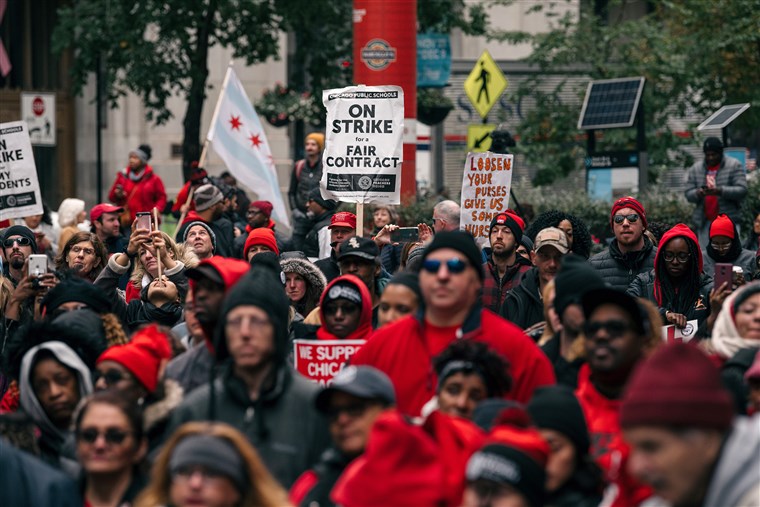Labor Action Tracker

A database of U.S. strike and protest activity that will report hundreds of labor actions across industries and geographic lines will be launched May 1 by the ILR School.
The public, policymakers, academics, journalists and others will have access to details such as worker demands, industry, participant numbers, duration, locale and other variables. Filters will allow, for instance, a search for strikes and protests related to worker concerns about COVID-19 protocols.
The Cornell ILR Labor Action Tracker will enable a better understanding of the scope of labor unrest across the country, as existing data sources have limitations that leave policymakers and academics largely misinformed, according to project lead John Kallas, Ph.D. ’23, and Associate Professor Eli Friedman. The launch timing is purposeful; May 1 is International Workers’ Day, and known as May Day across the world, where it commemorates workers’ rights and strikes dating to the 1800s.
Although the U.S. Bureau of Labor Statistics tracks strikes, it only reports work stoppages that involve 1,000 or more workers and that last an entire shift, leaving out most strike activities, Kallas said. Filling that void was the motivation for building the ILR tracker, which will measure labor actions that involve two or more people. It will distinguish between labor protests and strikes, which include work stoppages.
Information will be linked directly to sources cited, Kallas said. Tracked variables, most of which can be used to filter information, include employer, labor organization, local labor organization, industry, bargaining unit size, number of locations, address by city, state and zip code, strike or protest, approximate number of participants, start date, end date, duration amount, duration unit, union authorization or no authorization, worker demands and data source.
“We are excited that users are able to filter according to certain variables to develop a more specific understanding of strikes and labor protests. For example, users can filter by industry and search for all the strikes and/or labor protests in the health care sector. Users can also use multiple filters at once, which allows for even more specificity in terms of search results. For example, users can search for all the strikes and/or protests in the health care sector in which a central demand of the strike/protest is related to COVID-19 protocols,” Kallas said.
